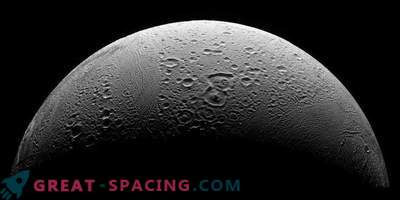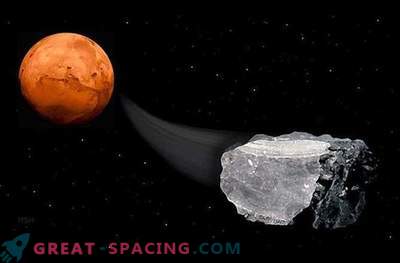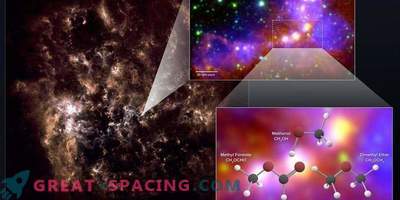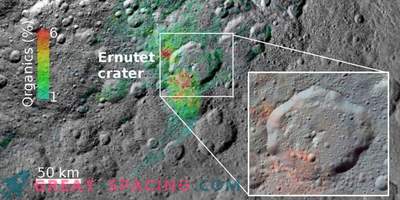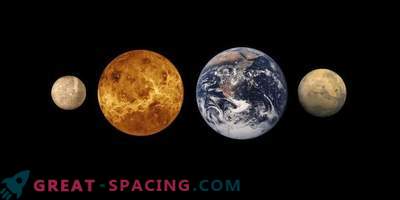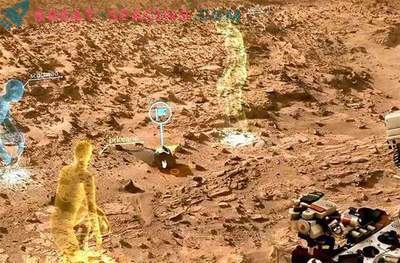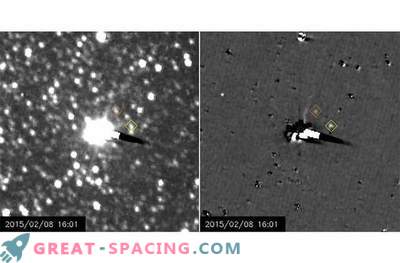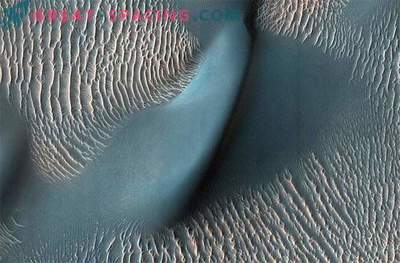
Mosaic image of Mars, created from more than 100 images obtained by the Viking mission in the 1970s
A new analysis of three Martian meteorites shows that the organic carbon of the Red Planet could emerge from a series of electrochemical reactions between saline liquids and volcanic minerals. Meteoritic analysis (samples dropped to Earth in the 1950s) showed that they contain traces of organic carbon, which is in excellent agreement with organic carbon compounds found by the rover missions.
The study is based on an analysis of 10 Martian meteorites in 2012. They are important because they really came from Mars and were not polluted on our planet, and organic carbon did not have a biological origin. Therefore, scientists had to understand how the organic carbon of Mars is synthesized if it is necessary to cross out biology.
Organic molecules contain carbon and hydrogen, and sometimes include oxygen, nitrogen, sulfur, and other elements. Usually they are associated with life, although they can also be formed by non-biological processes - abiotic organic chemistry.

High-resolution electron micrograph of a Martian meteorite grain. Between the teeth are viewed layers of organic carbon. This texture is created when the volcanic minerals of the Martian rock come into contact with the salt “brine” and become the anode and cathode for a natural battery in a corrosion reaction.
The researchers deeply immersed in the mineralogy of three Martian meteorites. With the help of modern microscopy and spectroscopy, it was possible to determine that organic compounds of meteorites were probably created by electrochemical corrosion of minerals in Martian rocks surrounded by liquid brine.
It is important to understand that these findings have a tremendous impact on astrobiology. Such processes can be repeated wherever the igneous rocks contact with salt concentrations. This also applies to the subsurface oceans of Europe and Enceladus. Then the question arises: is there life there or is it a natural process?





